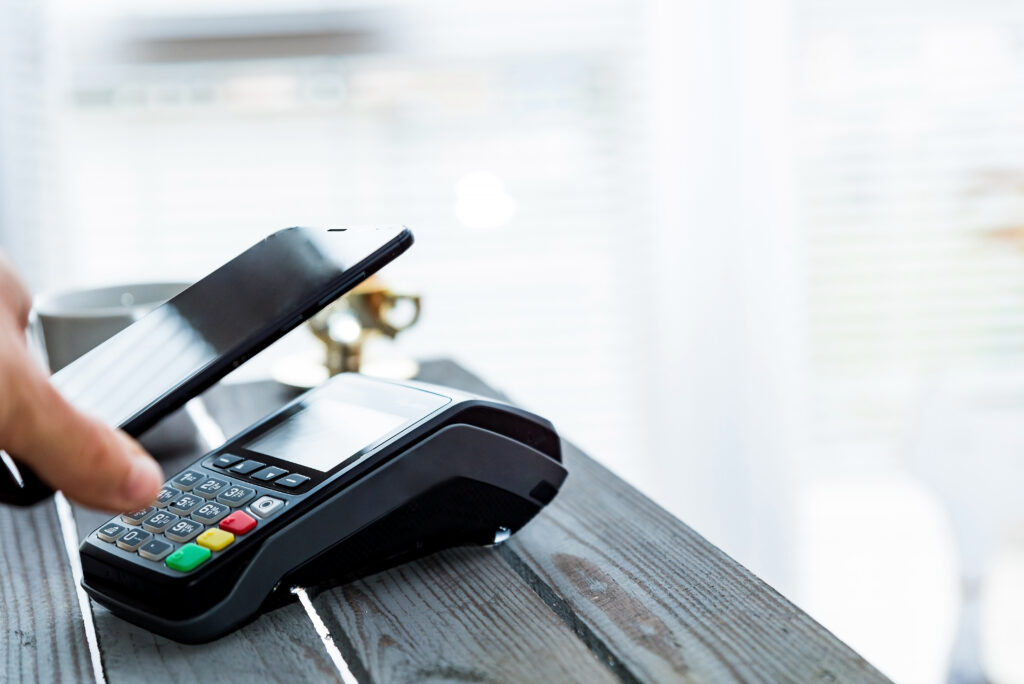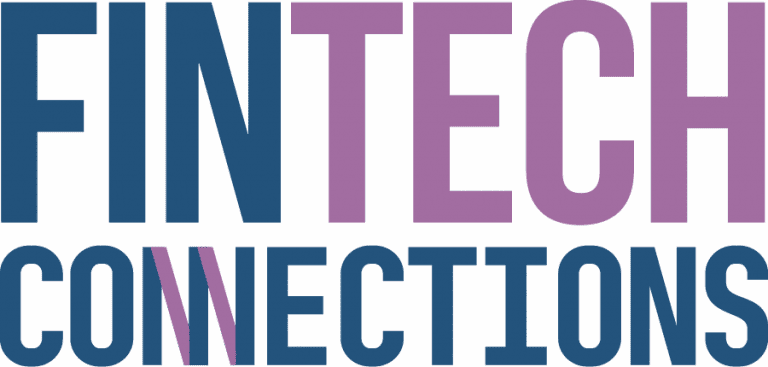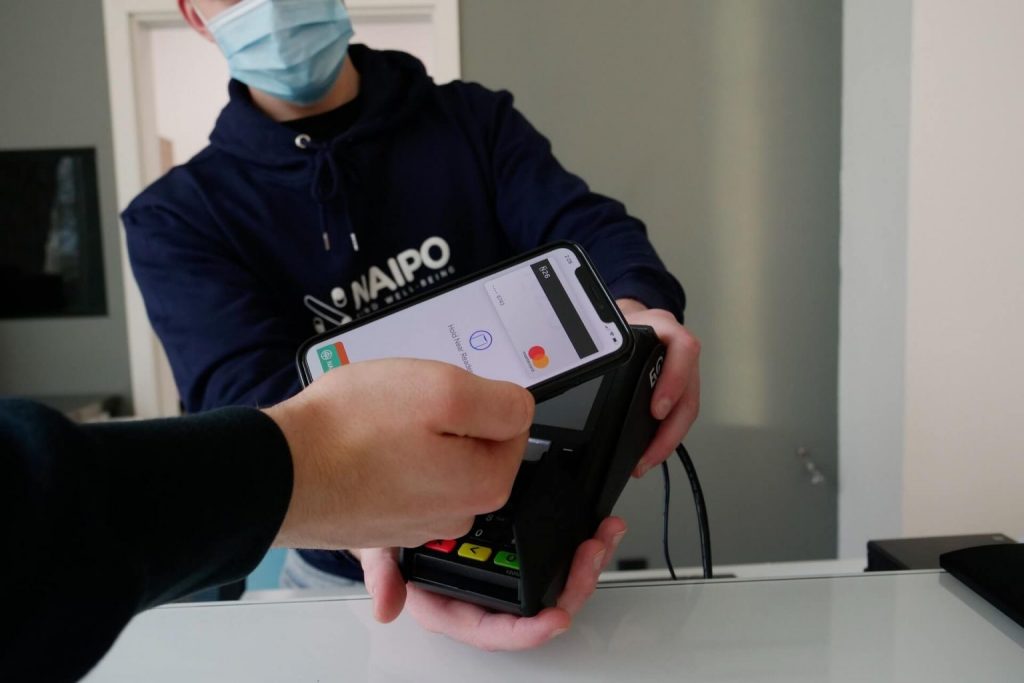In the expansive APAC, non-cash payment transactions are growing rapidly. So rapidly that they are outpacing the rest of world when it comes to the growth of a cashless payments ecosystem. That’s befitting of a region that features some of the fastest-growing economies globally.

With this quick pace of development comes innovation, helping drive solutions and solve problems that can often be unique to the market they are in. One of the issues in APAC is that there are approximately 628 million SMEs employing fewer than 250 employees, making over 98% of the total number of enterprises in the region.
Unlike larger enterprises, SMEs tend to not have access to the kind of financing and funding opportunities that can help them grow and scale faster. In fact in Southeast Asia, APAC’s fastest-growing territory, seven out of 10 adults either have limited or no access whatsoever to a bank account or traditional banking services — and that picture scales up to the business sector too.
To plug these gaps, fintech companies have stepped in to provide alternative funding and capitalization. That means SMEs’ roles remain as the vital cogs of their respective economies. More businesses are turning to digital means to boost their operational efficiencies, and this includes implementing payment solutions to keep up with the explosion in consumer demand.
Consumers in APAC have become accustomed to e-commerce and online banking, and with the pandemic, have begun to demand completely cash-free transaction methods that not only reduce but eliminate the need for contact entirely. With soaring smartphone and internet adoption throughout the continent, many transactions can now be performed completely online.
Hence businesses in APAC need to keep up with this shifting demand from their customers, and this is one of the reasons why the digital payments market here is growing at a rate of more than 30% a year. And with over 60% of the global population residing here, APAC is the driving force behind the 11% increase in global payments revenues, contributing nearly half of that value.
Fractured payment landscape
With a region this massive, there is no one unified payment service provider. Instead the regional scene is fractured with a plethora of fintech startups, open banking initiatives, and real-time payments processors all vying for market share. And while recent world events might have sped up digital adoption for a variety of SMEs, there is still a lack of clarity for many merchants on the full extent of the payments landscape that they can capitalize on.
In addition, different markets have different regulatory frameworks and financial services requirements. Even if merchants are in compliance with a single country’s financial and data policy regulations, they might not be able to process payments or perform cross-border transactions. An Australian merchant with payments processed through that country’s New Payment Platform, for instance, might not be able to collect payments in Singapore dollar.
Merchants may also collect payments in a multitude of ways: some may want payment in full, upfront. Some may function on a subscription model, collecting a fixed fee every month. Others may allow for a series of staggered payments over a specified period. Some may even issue credit to their customers at first, collecting payments later on in a lump sum or in instalments.
With such a range of payment service options out there, Tech Wire Asia takes a look at three of the industry-leading players.
CHECKOUT
Checkout.com is a leading global PSP for online merchants including Wise (formerly TransferWise) and Grab. It empowers forward-thinking ecommerce businesses with an end-to-end payments ecosystem, and enables merchants to build/offer a frictionless checkout process that improves acceptance rates and provides a convenient, yet cost-effective payments journey.
Its unified payments platform consolidates all existing payments solutions in a single platform, and gives merchants better access to payments data.
Flexibility is retained so companies can still optimize for their site. When a merchant is looking to scale up or expand to new regions, no further integrations are required – allowing seamless expansion with the simple addition of new features and payment methods.
With local acquiring and direct connections to schemes and issuers for better acceptance rates across all continents, Checkout.com has local experts in APAC that can help guide merchants on creating a personalized customer experience. Customizable options for the customer such as language selection and setting default one-click payments speed up the buying process, ensuring customers’ continued loyalty.
Besides being technology-driven, Checkout.com believes that a payments strategy driven by data analytics can not only improve payment operations and boost acceptance rates but can provide clients with insights that clarify each customer’s journey and overall behaviour. That’s valuable data for many parts of the organization: marketing, operations, and finance can work together to create both the best possible customer experiences and outcomes for the company.
PAYPAL
With well over 340 million active users worldwide, PayPal is one of the most recognizable brands offering payment and money remittance services anywhere in the world. With a base of operations that spans the globe, PayPal offers comprehensive payment options for individuals such as freelancers, for online merchants and platforms, as well as for SMEs and larger enterprises.
PayPal’s business services are available for organizations of all sizes, with both B2C and B2B payment options. For e-commerce purchases, customers can checkout using a unified PayPal solution that enables the customer to access a variety of payment methods from the merchant’s website, on mobile or on the web, or via the merchant’s dedicated app.
The experienced provider also supplies other options, such as accepting both card and contactless payments using QR codes, with a unique QR code generated for each transaction allowing for a speedy and contact-free transaction.
Debit or credit card payments can now be processed via PayPal’s Virtual Terminal too, which doesn’t require any specialized equipment, coding or software to accept credit and debit card payments by phone. This option saves on costs by requiring virtually no investment, and requires only an internet connection.
KLARNA
Klarna is Europe’s most valuable private fintech, and has become known for its attractive “Buy Now Pay Later” model that has been gaining major traction among millennial users. Klarna pays the retailer on customers’ behalf and allows them to pay it back over the course of a few weeks or months.
The beauty of Buy Now Pay Later (BNPL) is that, as opposed to a traditional credit card which is likely to charge interest or fees, BNPL is potentially a free way of obtaining credit. So while you might not be getting any discount as an end user, Klarna does not charge any additional fees – except if any of the designated payment schedules are missed, in which case late fees are incurred.
The Swedish payment service provider instead takes a cut from each sale that its merchant partner makes. This model must be lucrative, as Klarna is already working with a who’s who of over 250,000 global retail partners, including H&M, Sephora, Macy’s, IKEA, Samsung, ASOS, Ralph Lauren, Abercrombie & Fitch, and Nike, and clocks 90 million global active users with two million transactions a day.
















